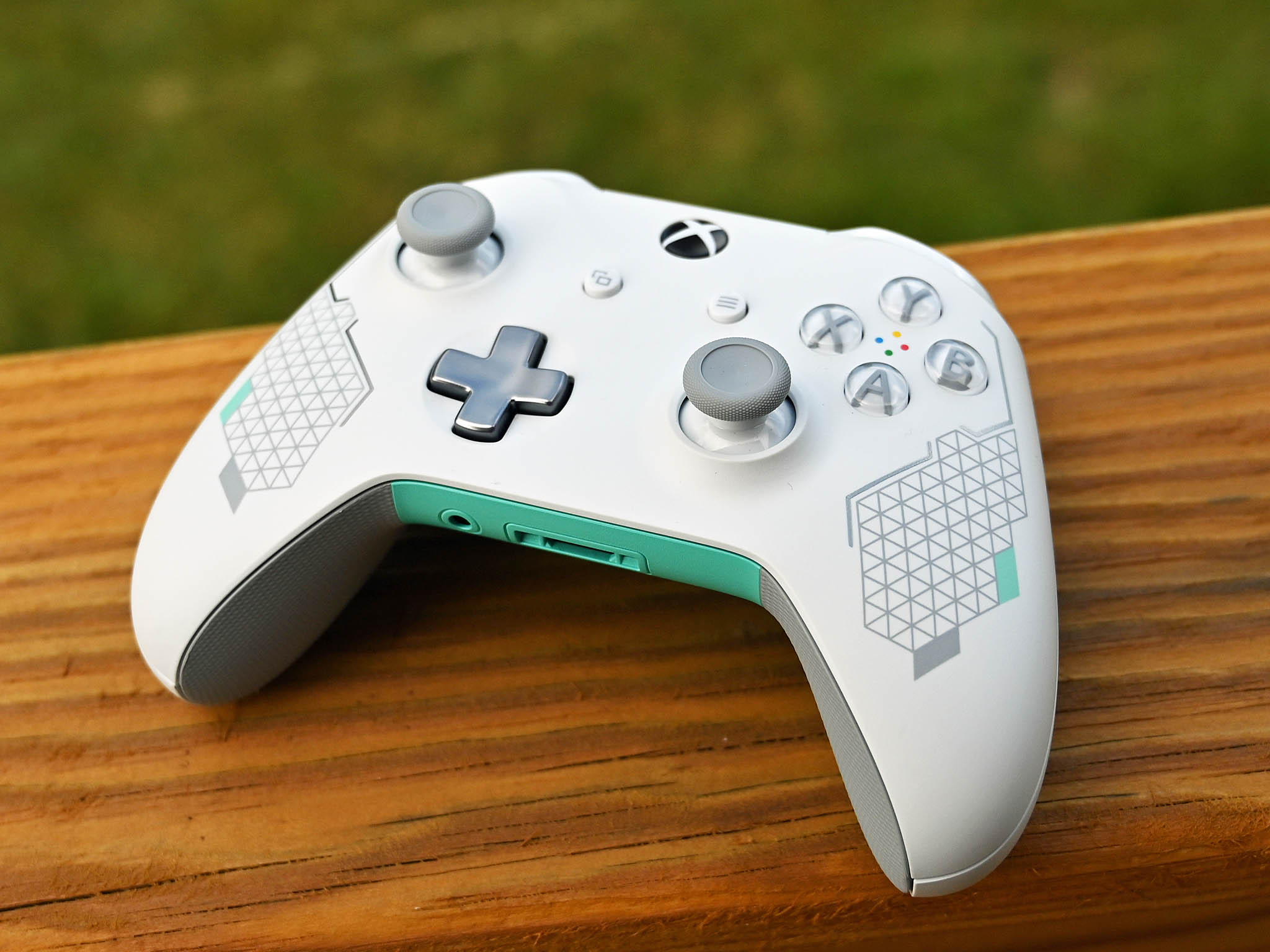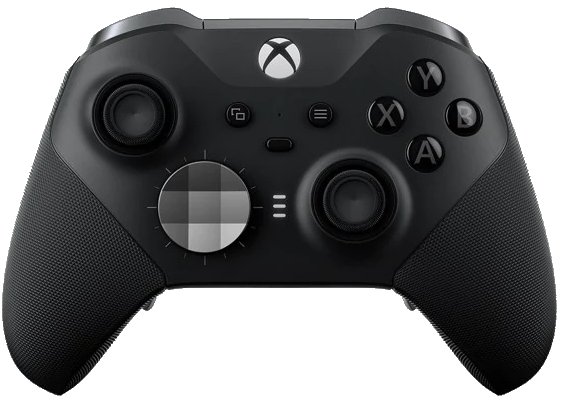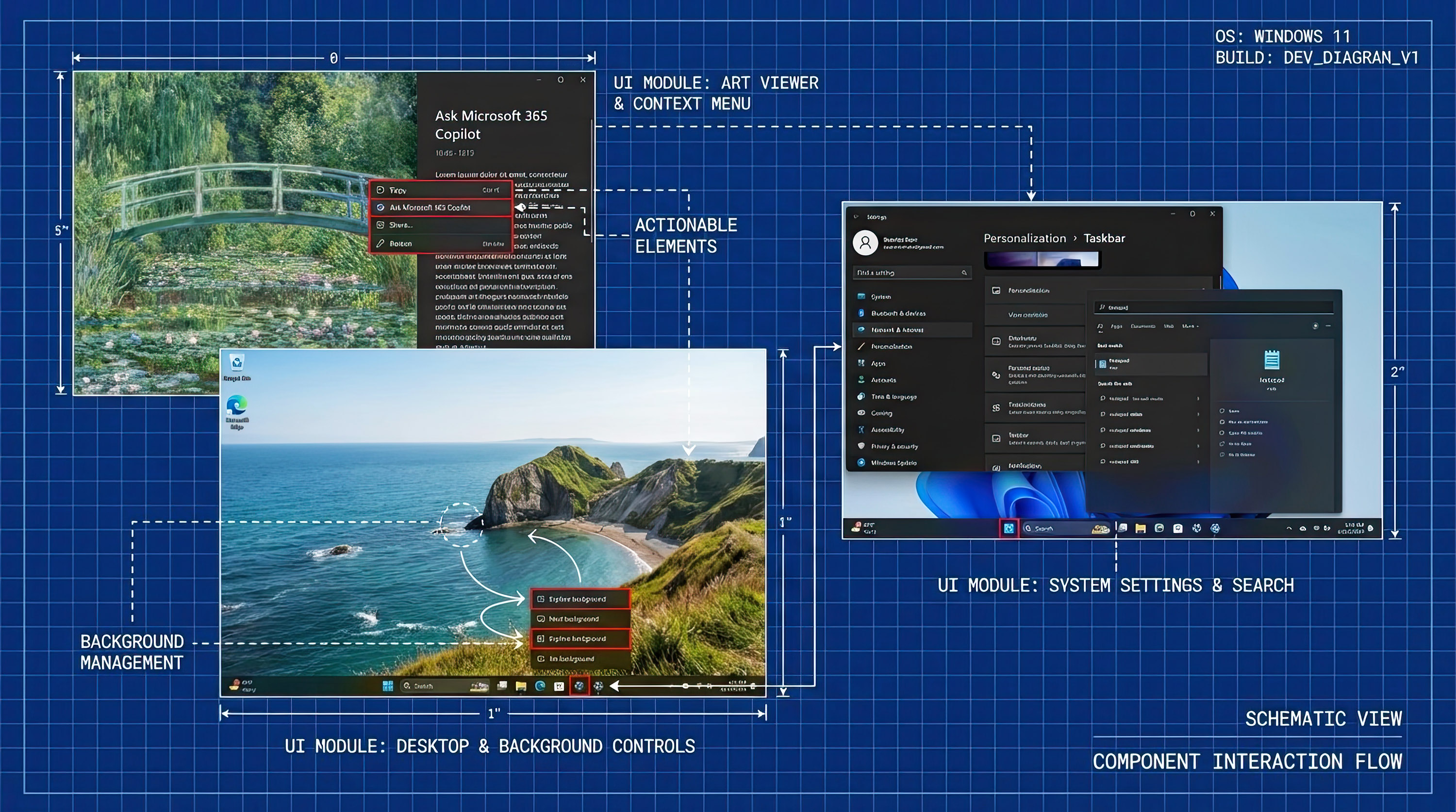How the PlayStation 5's controller haptics could help Xbox
Sony revealed aspects of the PlayStation 5 in a partnership with Wired this week, and one of the announcements was a little bit familiar.

Recently, Sony revealed new details about the PlayStation 5, in a big exclusive with Wired. The industry-leader discussed upcoming features for its next console, slated for a Holiday 2020 launch, offering details on 4K Blu-ray playback, hardware-accelerated ray-tracing, and much more.
One notable upcoming feature pertains to controller haptics, which is something the Xbox One already enjoys to some degree. Games like Gears 5, The Division, and the recent Tomb Raider games leverage the Xbox One's haptic triggers to varying degrees, typically through gunplay.
Today on Xbox One, Microsoft has haptic vibration motors not just in the handgrips, but also in the triggers, offering a more tactile experience. Unfortunately, however, very few developers actually use the feature, outside of Microsoft's own first-party efforts. With Sony getting on board with haptics, that increases the likelihood that future Xbox controllers will also get to enjoy this implementation as the feature becomes more mainstream and thus, more expected.
Sony's implementation goes far beyond simple trigger haptics and weighty rumble motors, adding high-frequency actuators that actually impart a sense of texture.
From Wired:
One is "adaptive triggers" that can offer varying levels of resistance to make shooting a bow and arrow feel like the real thing—the tension increasing as you pull the arrow back—or make a machine gun feel far different from a shotgun. It also boasts haptic feedback far more capable than the rumble motor console gamers are used to, with highly programmable voice-coil actuators located in the left and right grips of the controller.Combined with an improved speaker on the controller, the haptics can enable some astonishing effects. First, I play through a series of short demos, courtesy of the same Japan Studio team that designed PlayStation VR's Astro Bot Rescue Mission. In the most impressive, I ran a character through a platform level featuring a number of different surfaces, all of which gave distinct—and surprisingly immersive—tactile experiences. Sand felt slow and sloggy; mud felt slow and soggy. On ice, a high-frequency response made the thumbsticks really feel like my character was gliding. Jumping into a pool, I got a sense of the resistance of the water; on a wooden bridge, a bouncy sensation.
We don't yet know what Microsoft will do with the Xbox Scarlett controller, but given that it already took the initiative on haptics when the Xbox controllers were revised in 2013, it stands to reason that they might try to follow Sony into a similar place. If Sony and Microsoft's combined efforts help to mainstream haptics as an additional layer of immersion, it could lead to far wider adoption among third-parties far beyond what we've seen with the Xbox One's triggers.
With ray-tracing enabling more immersive lighting and shadows, 3D audio from the likes of Dolby Atmos, and next-generation hardware bringing about ever-increasingly photorealistic visuals, it sounds as though ultimate immersion will be the name of the game for next-gen local hardware.
All the latest news, reviews, and guides for Windows and Xbox diehards.
Are you a fan of Xbox controller haptics? Would you like to see it implemented more widely? Hit the comments, let us know.

Jez Corden is the Executive Editor at Windows Central, focusing primarily on all things Xbox and gaming. Jez is known for breaking exclusive news and analysis as relates to the Microsoft ecosystem while being powered by tea. Follow on Twitter (X) and tune in to the XB2 Podcast, all about, you guessed it, Xbox!

